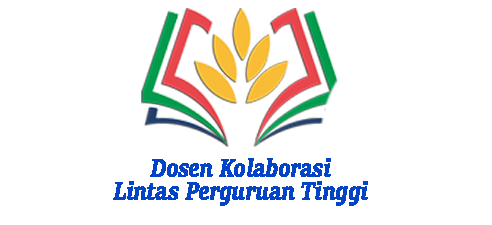Teaching Arabic Using the Book of Ikhtibarat Arabiyah to Improve Student Arabic Competence (ALBA) at the Language Development Center of the Islamic Institute of Religion (IAI) Al-Aziziyah Samalanga Aceh
DOI:
https://doi.org/10.54621/jiaf.v12i1.592Keywords:
Learning Arabic, Book of Ikhtibarat Arabiyah, ALBA Competence (Ikhtibarat Arabiyah)Abstract
This study aims to determine the effectiveness of learning Arabic with the Ikhtibarat Arabiyah book in achieving ALBA (Ikhtibarat Arabiyah) competence. The approach used in this study is a quantitative approach, the subjects in this study were second semester students of IAI Al-Aziziyah Samalanga. The results of this study indicate that learning Arabic with the Ikhtibarat Arabiyah book influences the achievement of ALBA competence (Ikhtibarat Arabiyah). The population of this study amounted to 3460 students. Data is collected using a questionnaire. The selection of respondents was carried out by random sampling and 10% of the population was taken. The respondents in this study totaled 346 students of IAI Al-Aziziyah in 2019. To test for deviations from classical assumptions, tools with the program (SPSS) 21 were used. Based on research results from 346 respondents through 10 statement items, resulting in all items/statements declared valid. Based on research results from 346 respondents through 10 statement items, it resulted that each statement was declared reliable. From the SPSS table, a significance value of 0.000 <0.05 is obtained, so it can be concluded that learning effectiveness affects competence (ALBA) with an R Square value of 0.966, which means that the influence given is 96.6%.
References
Arikunto, Suharsimi. (2006). Research Procedures A Practical Approach, Revision VI . Jakarta: Rineka Cipta.
Bhuono, Agung. (2015). The Right Strategy chooses Statistical Methods with Software . Yogyakarta: Publisher Andi.
dude, Burhan. (2001). Social Research Methods. Surabaya: Airlangga University Press.
Ghozali, Imam. (2009). Multivariate Analysis Application With SPSS Program . Semarang: Dipenogoro University Publishing Agency.
Munir. (2017). Arabic Language Teaching System Planning. Jakarta: Kencana.
Rappe. (2021). Learning Fahmul Masmu' Arabic. Shaut Al-'Arabiyah, 9 (1).
Sarwono, Jonathan. (2012). Quantitative Thesis Research Method: Using SPSS Procedures . Jakarta: Elex Media Komputindo.
Shalihah, Siti. (2015). The Essence of the Arabic Language Test at the PGMI Department. PRIMARY, 4 (1), 103-115.
Sudjana, Nana. (2002). Fundamentals of Teaching and Learning Achievement. Bandung: Grasindo's New Light.
Sugiyono. 2012. Quantitative, Qualitative and R&D Research Methods. Bandung: Alphabet .
Suja'I. (2015). Arabic Learning Innovation .Semarang: Walisongo Press.
Taufik. (2011). MI Arabic Language Learning (ICT-Based Applicative & Innovative Methods). Surabaya: PMN.
Omar, Husayn. (2015). Marketing Strategy Research .Jakarta: Gramedia Pustaka Utama.
Unaradjan, Dominic Dolet. (2013). Quantitative Research Methods. Jakarta: Atma Jaya University.
Wahab, Muhbib Abdul et al.. (2018). Standardization of Arabic Language Competence for Prospective Bachelor Degrees in State Islamic Religious Universities. Arabiyat, 5 (1), 38-64.
Wulandari, Nawang. (2019). Reconstruction of Learning Arabic. AN NABIGHOH, 21 (1).
Yanti, Nova and Afrani, Nurul. (2018). The Effectiveness of Learning Arabic Using the Direct Method. Al-Ishlah, 10 (2).
Yanti, Nova and Afrani, Nurul. (2018). The Effectiveness of Learning Arabic Using the Direct Method. Al-Ishlah, 10 (2).
Published
How to Cite
Issue
Section
Copyright (c) 2023 Mahdir Muhammad

This work is licensed under a Creative Commons Attribution-ShareAlike 4.0 International License.













